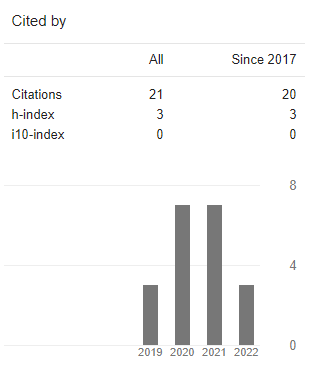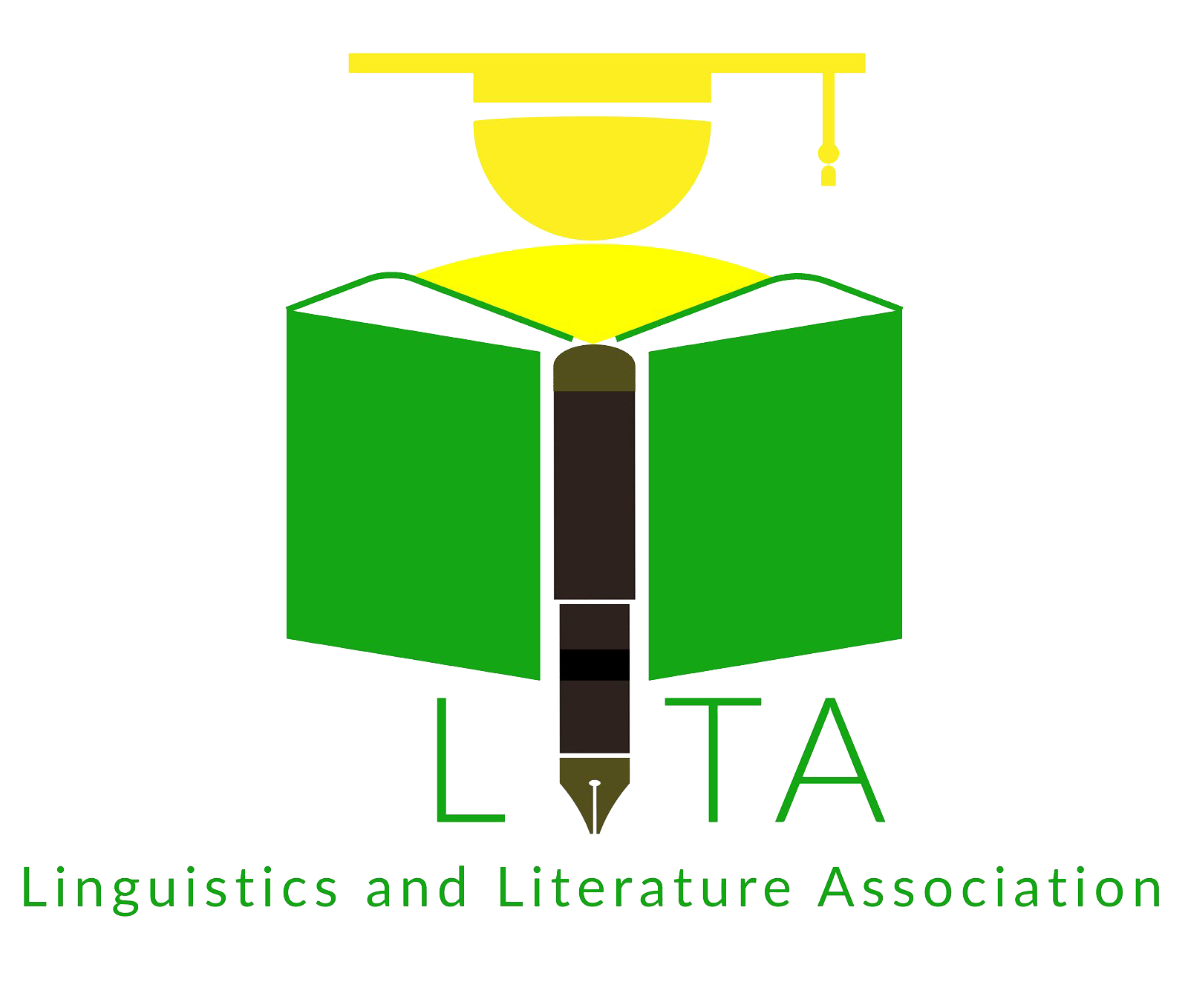Prabu Brawijaya Spiritual Characteristics in Tari Brawijaya
DOI:
https://doi.org/10.21776/ub.alphabet.2020.03.01.05Keywords:
Semiotic, Triadic model, Dance movementAbstract
Dance, in particular, demonstrates a semiotic process. This happens in dance when choreographic signs, such as ritualistic, magical, or religious movement expressions, are encoded. Dance "interprets" the world, and the choreographic sign exposes its object. Dance movement also serves as a point of convergence for various codes that the choreographer wishes to convey. This research focused on Tari Brawijaya, an iconic dance of Universitas Brawijaya, and attempted to examine the meaning of the king’s movements (kiprah) in it. This is a dance created to represent Universitas Brawijaya. Descriptive qualitative was used to provide a detailed explanation of the meaning of the movement. Pierce's triadic model was used to analyse the king’s movements in Tari Brawijaya. The result of the study shows there are eleven movements done by the king in Tari Brawijaya including Adeg Grudha, Lumaksana Njajag, Sabetan, Ulap- ulap, Ogek lambung, Udal Rikma, Laku telu, Besut, Kibar sampur, Penthangan, Adiraga. In addition, the meaning of each movement of the king depicts his spiritual characteristics. Those spiritual characteristics are brave, strong, powerful, wise, authoritative, making decisions wisely, and a leader who can provide help and enlightenment to others. We suggests to the future researcher to conduct a similar study about the semiotic meaning of Tari Brawijaya by analysing the other aspects of the dance, such as costume, music, and make up, or the other charactersReferences
Blanariu, N. P. (2013, March). CLCWeb: Comparative Literature and Culture. Towards a Framework of a Semiotics of Dance, 15(1), 10. https://doi.org/10.7771/1481-4374.2183
Coat of Arms, Logo, Motto, and Mascot. (n.d.). Universitas Brawijaya. Retrieved June 21, 2022, from https://ub.ac.id/about/ub-brand/
Ginting, L. S. D. (2016, April). Kajian Semiotika: Makna Gerak dalam Tarian Karo. 1.
Hartono. (2016, November). Tari Klana Raja Gaya Yogyakarta. Efektor.
Indrawati, N., Kasyiyadi, D., Gustria, I., & Luvia. (2008). Makna filosofi dan nilai-nilai yang terkandung dalam tari klana raja gaya yogyakarta. Pelita, 11(1).
Jalan Sehat UB Ke 57 Hadirkan Kemeriahan Tari Brawijaya | Prasetya UB » Prasetya UB. (2020, January 4). Prasetya UB. Retrieved April 2, 2022, from https://prasetya.ub.ac.id/jalan-sehat-ub-ke-57-hadirkan-kemeriahan-tari-brawijaya/
Soedarsono, R. M. (2010). Seni Pertunjukan Indonesia di Era Globalisasi. Gadjah Mada Universitas Press.
Unitantri UB. (2022, January 14). Video Masterpiece Tari Brawijaya 2021. YouTube. Retrieved April 3, 2022, from https://www.youtube.com/watch?v=ZN2tPh0gjak
Unitantri UB. (Producer). (2022). Video Masterpiece Tari Brawijaya 2021 [Video]. Retrieved from https://www.youtube.com/watch?v=ZN2tPh0gjak




















